|
|
Types of Weather
Weather type 6 - Hurricane
Check out our complete library on hurricanes on our hurricane school page. We also have hurricane tracking charts so that you can follow the path of hurricanes. Check out just about anything you want to know about hurricanes on the hurricane library tab at the top menu. Hurricane pictures courtesy of NOAA.
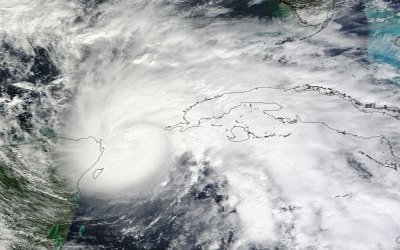 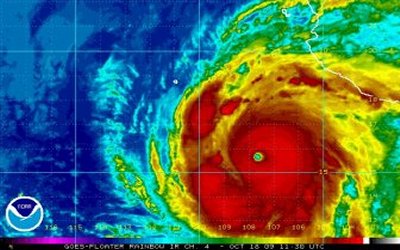
Weather type 7 - Lightning
Lightning is simply a discharge of electricity in the atmosphere. For a complete look at this interesting phenomenon, check the facts about lightning page. Lightning photographs courtesy of Jim Reed - jimreedphoto.com
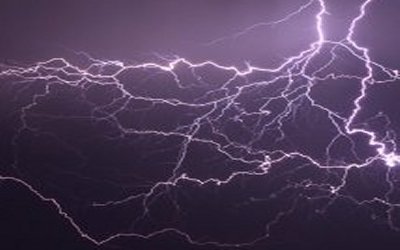 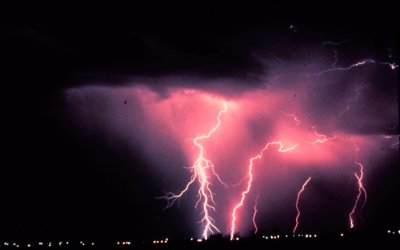
Weather type 8 - Rain
Rain is precipitation in liquid form. Liquid precipitation can occur as mist, drizzle, or rain. Droplet size differentiates the type that it is classified. Mist is generally 50-500 microns in size. Drizzle is .5 to 2 millimeters in size and rain is 2 millimeters to 1 centimenter in size. Rain is formed when condensation of water vapor occurs condenses into water droplets.
Precipitation in the form of rain can be created in a number of different ways. First, two types of processes cause minute droplets to form rain drops. Collision coalescence is a process where tiny droplets gradually grow in size by bumping into each other and growing. This is mostly a warm cloud process where temperatures are above freezing. The second process is a cold cloud process where super cooled water droplets freeze on ice nuclei. These ice nuclei grow into ice crystals. The snowflakes fall and turn into rain drops as the temperatures rise above freezing closer to the ground. This is the primary process that produces rainfall.
Lifting to produce rainfall occurs in a number of differnt ways. 1. A low pressure system and associated fronts 2. Mountains or higher terrain 3. Atmospheric convection
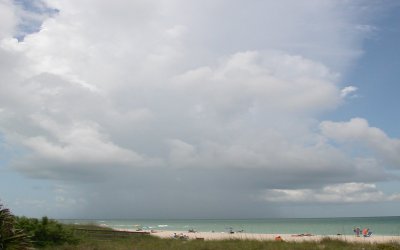 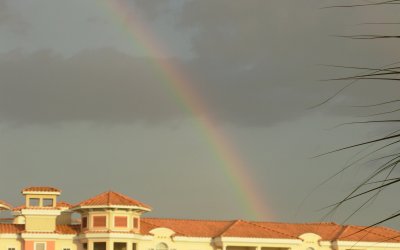
Weather type 9 - Sleet
Sleet is transparent frozen raindrops. Sleet or ice pellets are created when snow falls into air above freezing and melts into rain drops. If another below freezing layer below the warm air is of sufficient depth, the rain drops freeze into balls of ice or ice pellets. Any significant amount of sleet is farily rare. This is due to the fact that there needs to be just the right conditons to get a perfect layer of warm air in between the layers of cold air. There have been cases of storms producing several inches of sleet. A mix of snow and sleet and sleet and rain is more common. Sleet pictures courtesy of NOAA.
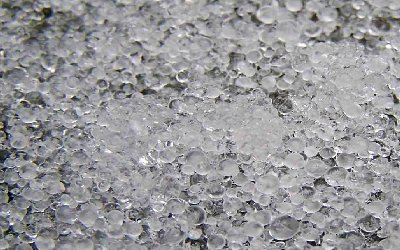 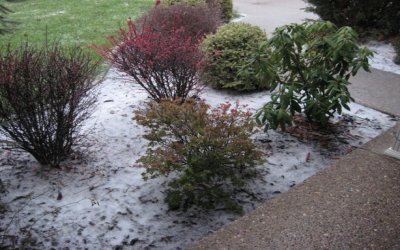
Weather type 10 - Snow
Snow is the accumulation of crystal snowflakes. Snowflakes are made as water ice crystalizes. The crystals may form in many different shapes dictated by the water content and temperature in the cloud as the snowflakes are forming. Snowflakes can take the shape of columns, dendrites, plates, needles and other six sided shapes. It is possible for it to snow several degrees above freezing if the air aloft is very cold and the above freezing layer is shallow near the ground.
The greatest 24 hour snowfall in North America was 76" Silver Lake, Colo. April 14–15, 1921. The greatest amount of snow for one storm in North America was 189" at Mt. Shasta Ski Bowl, California, Feb. 13–19, 1959. The one season snowfall record for North America was 1,140" at Mount Baker, Wash. 1998–1999. Snow pictures courtesy of winter weather expert Paul Kocin.
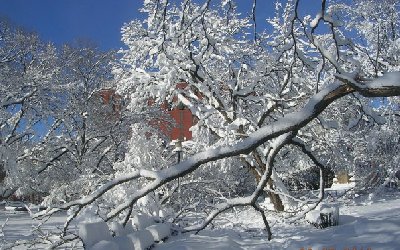 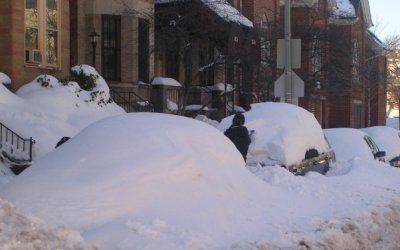
More weather types... sunshine, thunderstorms, tornadoes, wind.
Back to clouds, freezing rain, snow, dust storms.
|
|
|